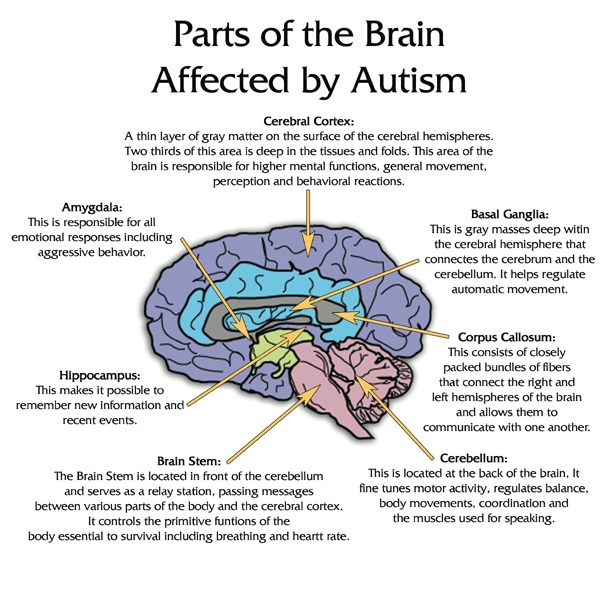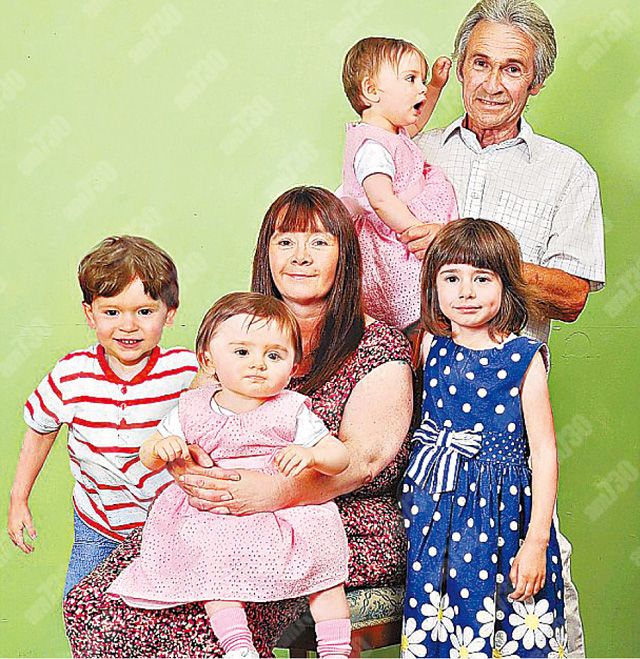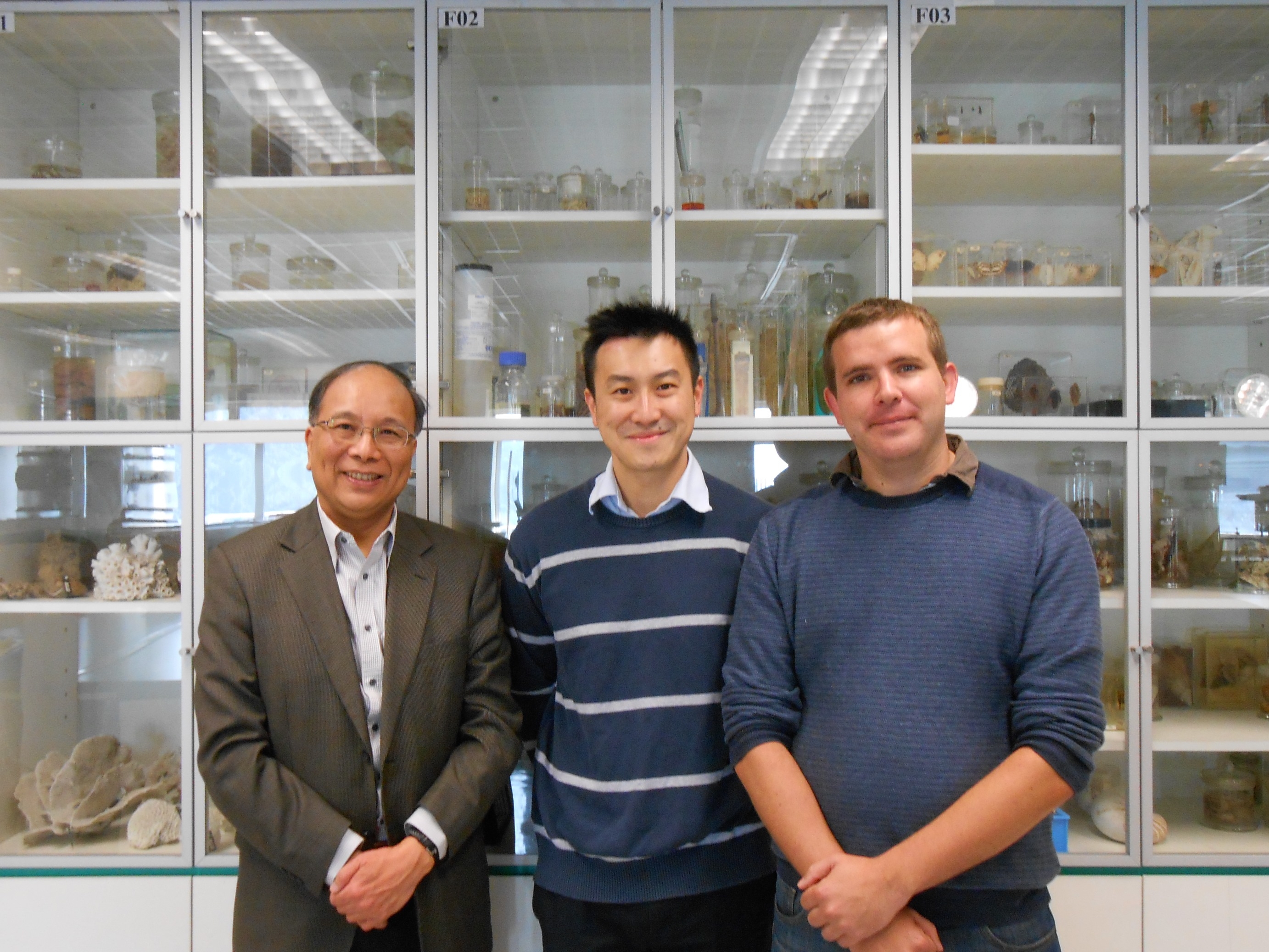Autism Show 'Unique Brain Patterns'
The brains of people diagnosed with autism are 'uniquely synchronised', a new study has found.
Scientists discovered the degree of connection between the different areas of the brain in those with autism varies from person to person. In comparison, they said, the brains of those people without the condition show clear patterns of connectivity and synchronisation. Scientists across the world dedicated years to studying autism. But as with all areas of research, those studies have produced conflicting conclusions.
Many have found a lack of connectivity between different parts of the brain, which in people without the condition, work in tandem. But other studies have found the exact opposite — over-synchronisation in the brains of people with autism. The latest research suggests that the various reports of under and over-connectivity, might reflect the fact that people with autism have unique profiles of brain connectivity, with the degree of synchronisation varying between individuals. This could have an impact on the timing of diagnosis, they said, leading to quicker diagnosis. Professor Marlene Behrmann, of Carnegie Mellon University, Pittsburgh, U.S. said: ‘Identifying brain profiles that differ from the pattern observed in typically developing individuals is crucial in that it allows researchers to begin to understand the differences that arise in ASD. ‘In this case, it also opens up the possibility that there are many altered brain profiles all of which fall under the umbrella of “autism” or “autisms”.’
To investigate the issue of connectivity in ASD, the researchers analysed data obtained from functional magnetic resonance imaging (fMRI) studies conducted while the participants were at rest. They were taken when the participants were at rest because that is when patterns emerge spontaneously, allowing the researchers to see how various areas of the brain naturally connect and synchronize their activity, the researchers said. Data was collected from a large number of participants at multiple sites and assembled in the Autism Brain Imaging Data Exchange (ABIDE) database. A number of previous studies suggest that these spontaneous patterns may provide a window into individual behavioural traits, including those that stray from the norm. In a careful comparison of the details of these intricate synchronisation patterns, the scientists discovered a difference between the brains of people with autism, and those of the control group, who have not been diagnosed with the condition. The control participants' brains had substantially similar connectivity profiles across different individuals, while those with autism showed a remarkably different phenomenon. Those with autism tended to display much more unique patterns - each in its own, individual way. They realised that the synchronisation patterns seen in the control group were "conformist" relative to those in the group with autism, which they termed "idiosyncratic." Differences between the synchronisation patterns in the autism and control groups could be explained by the way individuals in the two groups interact and communicate with their environment. Avital Hahamy, a Ph.D. student at the Weizmann Institute, Israel, who carried out the study, said: 'From a young age, the average, typical person's brain networks get moulded by intensive interaction with people and the mutual environmental factors.’
'Such shared experiences could tend to make the synchronization patterns in the control group's resting brains more similar to each other. It is possible that in ASD, as interactions with the environment are disrupted, each one develops a more uniquely individualistic brain organization pattern.' The researchers emphasize that this explanation is only tentative; much more research will be needed to fully uncover the range of factors that may lead to idiosyncrasies in the brains of people with austism. They also suggest that further research into how and when different individuals establish particular brain patterns could help in the future development of early diagnosis and treatment for autism disorders. The research was published in the journal Nature Neuroscience. Written By Madlen Davies Retrieved From:
|
|



















